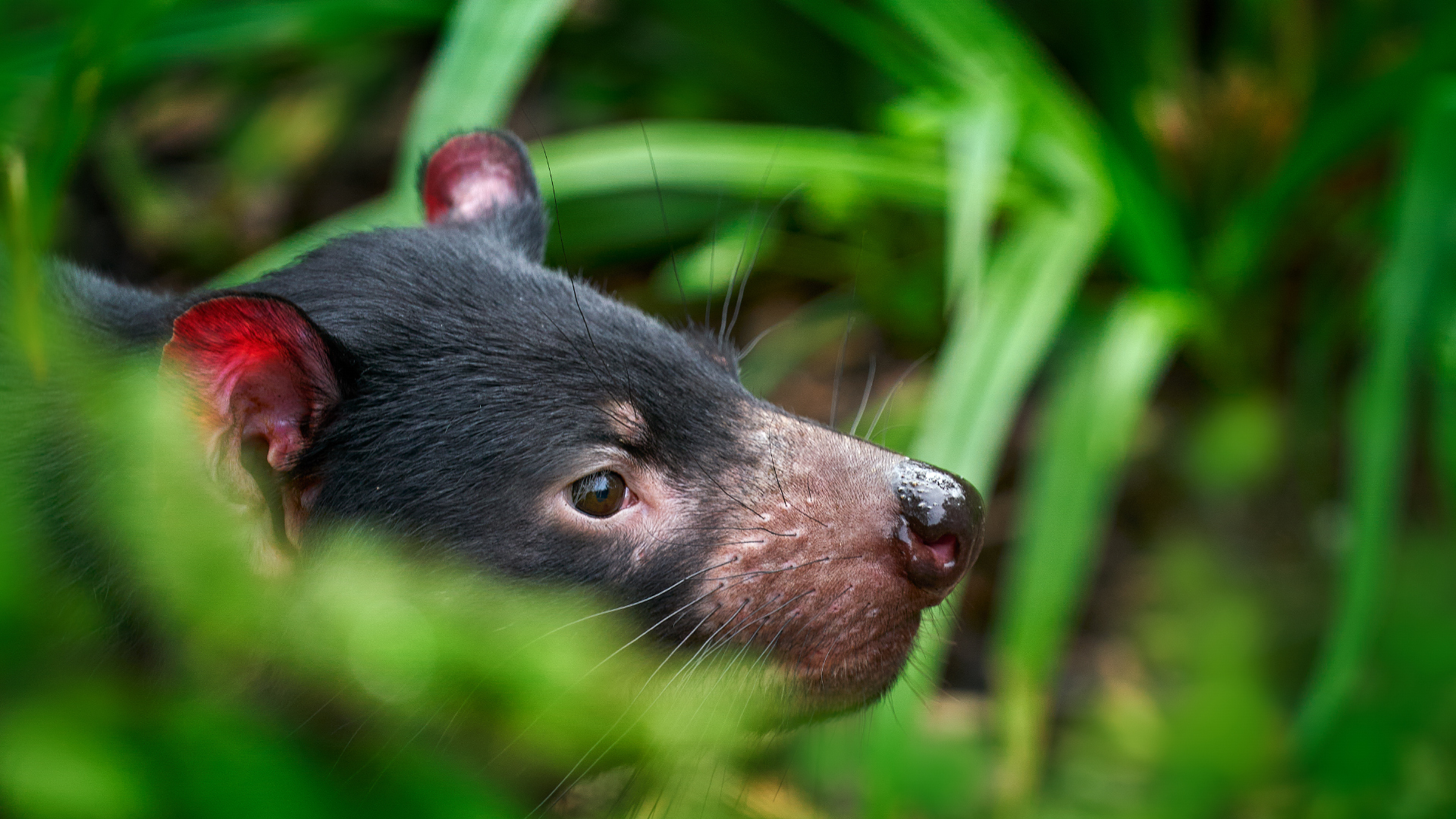Tassie Devil
From October 2005 until March 2006 funds collected from the Don’t Bag the Environment program were donated to the Tassie Devil Appeal. The funds raised were used to undertake vital research into investigating all aspects of the Tasmanian Devil Facial Tumour Disease including its epidemiology, current and future management strategies and the identification of the causative agent and possible cures.
The Tasmanian Devil (Sarcophilus harrisii), which is unique to Tasmania, has been afflicted by a facial tumour disease which threatens to decimate devil populations around the State. In some populations up to 90 per cent have died and authorities are deeply concerned that if the spread of the disease is not stemmed the Tassie Devil will be brought to the brink of extinction.
Devil Facial Tumour Disease is a term used to describe a fatal condition in Tasmanian devils which is characterised by the appearance of obvious facial cancers. The tumours or cancers are first noticed in and around the mouth as small lesions or lumps. These develop into large tumours around the face and neck and sometimes even in other parts of the body. Adults appear to be most affected by the disease – males the first affected, then females. Badly affected devils may have many cancers throughout the body.
As the cancers develop in affected devils, they may become emaciated, particularly if the tumours interfere with teeth and feeding. Many females lose their young. Affected animals appear to die within six months of the lesions first appearing.
All funds raised went toward research projects approved by the Tasmanian Wildlife Advisory Committee. The appeal was administered under the auspices of the
University of Tasmania Foundation, which is responsible for nominating scholarships and small grants for research into areas identified by the advisory committee.


